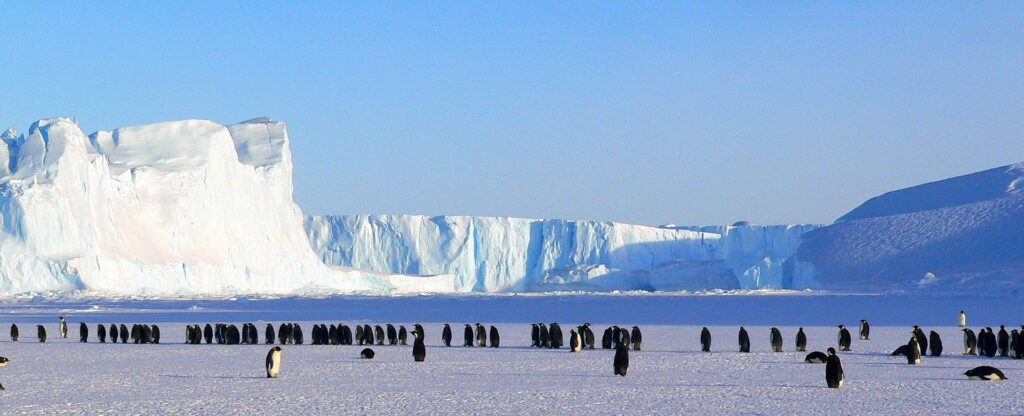
Living & Working at Antarctica Research Stations
While the Antarctic interior is technically the coldest place on earth, with temperatures dropping below -90°C, the coastal region where most research stations are located is only slightly less harsh. Antarctic station crew members face extremely cold, dry conditions with winds reaching 200 mph along with psychological stresses from isolation and lack of sunlight for months at a time.
However, these temporary residents have the unique opportunity to explore one of the most remote regions on earth while contributing to vital global research. Working in Antarctica appeals to resilient, hard-working individuals not afraid of harsh conditions and willing to be a part of a small, close-knit community. From research scientists to plumbers and chefs, all jobs are crucial to keeping stations operational.
Major Antarctic Research Stations
There are over 80 research stations spread across Antarctica, with the largest staffed year-round by countries like the U.S., Russia, China, Australia and more. Some of the major stations include:
McMurdo Station (United States): This is Antarctica’s largest station operated by the United States Antarctic Program through the National Science Foundation. McMurdo has over 100 structures and a harbor, and can house over 1,000 summer residents servicing nearby field camps and research stations. Its isolated location means everything from staff to building supplies must be brought in by ship or aircraft.
Neumayer Station III (Germany): One of the most modern and innovative stations, Neumayer III was built on top of a massive underground shelf to withstand extreme Antarctic conditions. Home to researchers from multiple countries, it features integrated living modules and renewable energy sources.
Concordia Station (France/Italy): A remote inland station near the Antarctic Plateau, Concordia is jointly run by the French and Italians. It is one of the most hostile places to conduct research due to its high elevation and cold temperatures dropping below -80°C.
Davis Station (Australia): Australia’s permanent coastal station, Davis allows researchers to study areas like atmospheric sciences, glaciology, marine biology and more. It features an artificial lighting system used during months of winter darkness.


Daily Life at Antarctic Stations
Daily life at Antarctic research stations is both rewarding and demanding. A typical day involves kitchen staff providing meals, tradespeople handling maintenance and repairs, support teams managing communications and travel, and scientists conducting studies on the ice nearby or in indoor labs.
Extreme outside conditions mean travel even between buildings can be dangerous. Stations have strict safety protocols and survival training is required. While dormitories, recreational facilities and dining halls provide modern amenities, the small crews face mental stresses of isolation. But with proper preparation, those working in Antarctica can experience this incredible region hands-on in ways few others ever will.
To see what daily routines, chores, leisure activities and more look like, check out our immersive “Antarctica Archives” blog posts filled with insights and anecdotes straight from those working at the bottom of the world.

Opportunities to Work in Antarctica
Around 4,000-5,000 people work in Antarctica each year for research programs from various national organizations like:
- National Science Foundation (United States)
- Antarctic Logistics & Expeditions (India)
- British Antarctic Survey (UK)
- Polar Research Institute of China
- And many more government agencies
Most of these support roles are hired seasonally, with more staff being brought in during the Antarctic summer. Common jobs include:
- Research scientists/assistants (biology, glaciology, astrophysics, etc.)
- IT technicians
- Mechanics
- Carpenters/metalworkers
- Chefs/kitchen staff
- Janitors/maintenance staff
- Pilots
- Boilermakers
- And more trade skills
If you have relevant experience and the desire to spend time in one of the harshest environments on earth while contributing to global research, check out job postings and how to get hired for an Antarctic deployment. It’s a rewarding, unforgettable experience for those who can handle the extreme conditions.